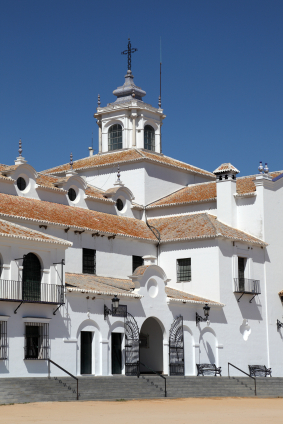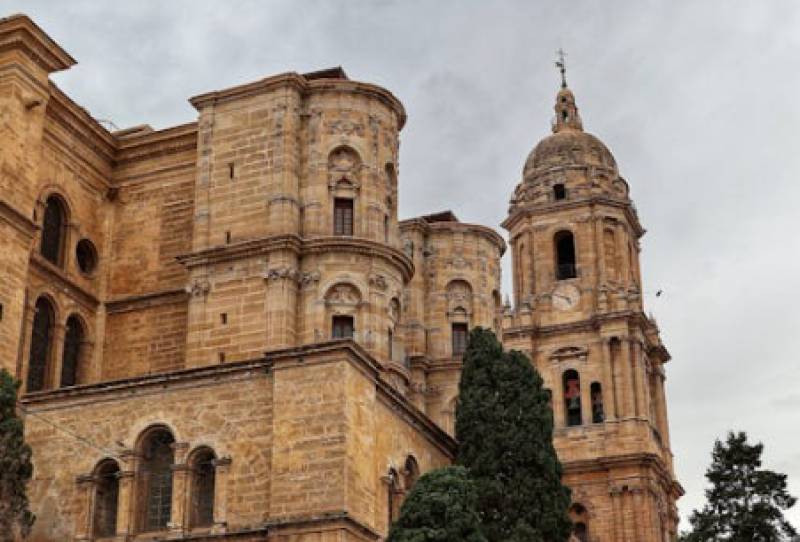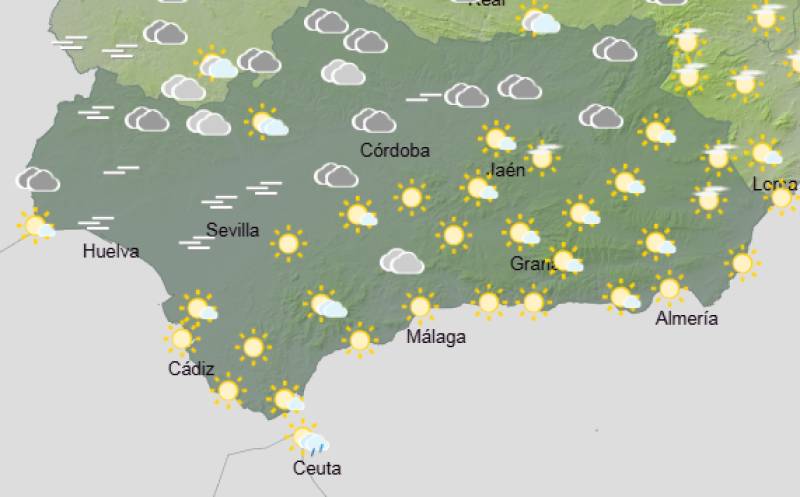
To be listed on the CAMPOSOL TODAY MAP please call +34 968 018 268.

Guidelines for submitting articles to Condado Today
Hello, and thank you for choosing CondadoToday.com to publicise your organisation’s info or event.
Condado Today is a website set up by Murcia Today specifically for residents of the urbanisation in Southwest Murcia, providing news and information on what’s happening in the local area, which is the largest English-speaking expat area in the Region of Murcia.
When submitting text to be included on Condado Today, please abide by the following guidelines so we can upload your article as swiftly as possible:
Send an email to editor@condadotoday.com or contact@murciatoday.com
Attach the information in a Word Document or Google Doc
Include all relevant points, including:
Who is the organisation running the event?
Where is it happening?
When?
How much does it cost?
Is it necessary to book beforehand, or can people just show up on the day?
…but try not to exceed 300 words
Also attach a photo to illustrate your article, no more than 100kb

Introduction to the province of Huelva
From Christopher Columbus to windsurfers, this part of the coast has attracted visitors for centuries
 Just over half a million people live in Huelva, the south-westernmost province of the Spanish mainland, and their home is markedly different from much of the rest of the southern Spanish coastline.
Just over half a million people live in Huelva, the south-westernmost province of the Spanish mainland, and their home is markedly different from much of the rest of the southern Spanish coastline.
Firstly, this is not the Mediterranean, but the Atlantic: it was from here that Christopher Columbus set sail on the first of his four voyages to the Americas, and although nowadays visitors are attracted by the beautiful sandy beaches and the winds which make it ideal for windsurfing and kite-surfing, there is no doubt that Columbus and the Age of Discovery are what first marked the area on the European map five hundred years ago.
The 120-kilometre coastline has now been christened the “Costa de la Luz” on account of the sunny climate, and in the 21st century it boasts nine golf courses among the attractions which bring tourists from all over northern Europe. Between the border with Portugal and the River Guadiana on the west and the River Guadalquivir on the east there are also conference centres, hotel complexes, shopping centres and marinas, but other attractions lie rooted far further back in the past, including the archaeology, architecture, history, culture, landscape, traditions, festivities and gastronomy of a province which offers visitors a wealth of variety in all these fields.
 The province shares boundaries with Sevilla, Cádiz and Portugal, the major population centres being Huelva, Lepe, Almonte, Isla Cristina and Ayamonte.
The province shares boundaries with Sevilla, Cádiz and Portugal, the major population centres being Huelva, Lepe, Almonte, Isla Cristina and Ayamonte.
One of the benefits of the ocean location is the climate: the proximity of the Atlantic currents ensures that the winter is rarely cold, and although the temperature can climb to 40ºC in the summer there is almost always a prevailing breeze. This is especially noticeable in the mountains of the Sierra Morena, in the northern half of the province, while in the wide coastal hinterland the influence of the sea is predominant.
Gastronomically it is no surprise to find that Huelva specializes in fish and seafood, due to having one of the most important fishing fleets in Spain, but the natives are also proud of their fruit (especially strawberries which are grown under plastic - Huelva is Spain's most important strawberry producer), desserts and of course the locally produced wine. On the coast the white prawns, swordfish and tuna dominate the fare on offer, but as one travels north towards the mountains the menu changes, and soon the visitor can enjoy the celebrated ham, meat products and wild mushrooms which are typical of the Sierra.
Among the first to settle here were the Tartessians and the Phoenicians, who opened up mines inland and prosperous ports on the coast. Even at this early stage in the province’s history the minerals of the Río Tinto were crucial to its economic development. The Romans knew the city of Huelva as Onuba and minted coins in the area, indeed modern inhabitants are known as Onubenses due to this there being many Roman coins bearing the namy of the city.
The area’s true Golden Age, though, came in the Late Middle Ages: it was from the port of Palos de la Frontera that Columbus set off on 3rd August 1492 on a seven-month voyage that would change the world. From then on the Atlantic coast became a focus of great exploring adventures, missionary zeal and trading entrepreneurship, and the wealth of the towns grew as port activity blossomed.
A second influx of wealth came at the end of the 19th century, when British mining concerns arrived to re-open the mines of the Rio Tinto, converting the area into what was at the time the largest centre of mining in the world.
This industrial heritage is offset by the natural parks of Huelva. In the south-eastern corner of the province lies the Natural Park of Doñana, which lies in Huelva and the neighbouring province of Cádiz, and the marshlands of Odiel are another coastal nature reserve, while the protected parts of the Sierra Morena show the other side of the province’s landscape.
This part of Spain may be rather different from others, but that doesn’t mean that the people don’t celebrate fiestas as in the rest of the country! Easter is among the most important, but equally fervent is their support for the “Cruces de Mayo” tradition, where floral expressions of homage to the cross adorn the streets of the towns. In the provincial capital the Carnaval Colombino (named after Columbus) is held in the early spring, and it is perhaps here in the capital that the area’s ties with Latin America are most keenly felt: the “Lugares Colombinos” tourist route is a must for anyone wanting to know more about the first voyages across the Atlantic.
Huelva is also renowned for its flamenco traditions, some of the most important names in Flamenco from Huelva province, the cante of suffering and intense passion born of the mining traditions which cost so many lives.
For many administrative purposes the province’s 79 municipalities are sub-divided into six “comarcas”, which are El Condado, El Andévalo, Costa Occidental, Cuenca Minera, Comarca Metropolitana and Sierra de Huelva.






















